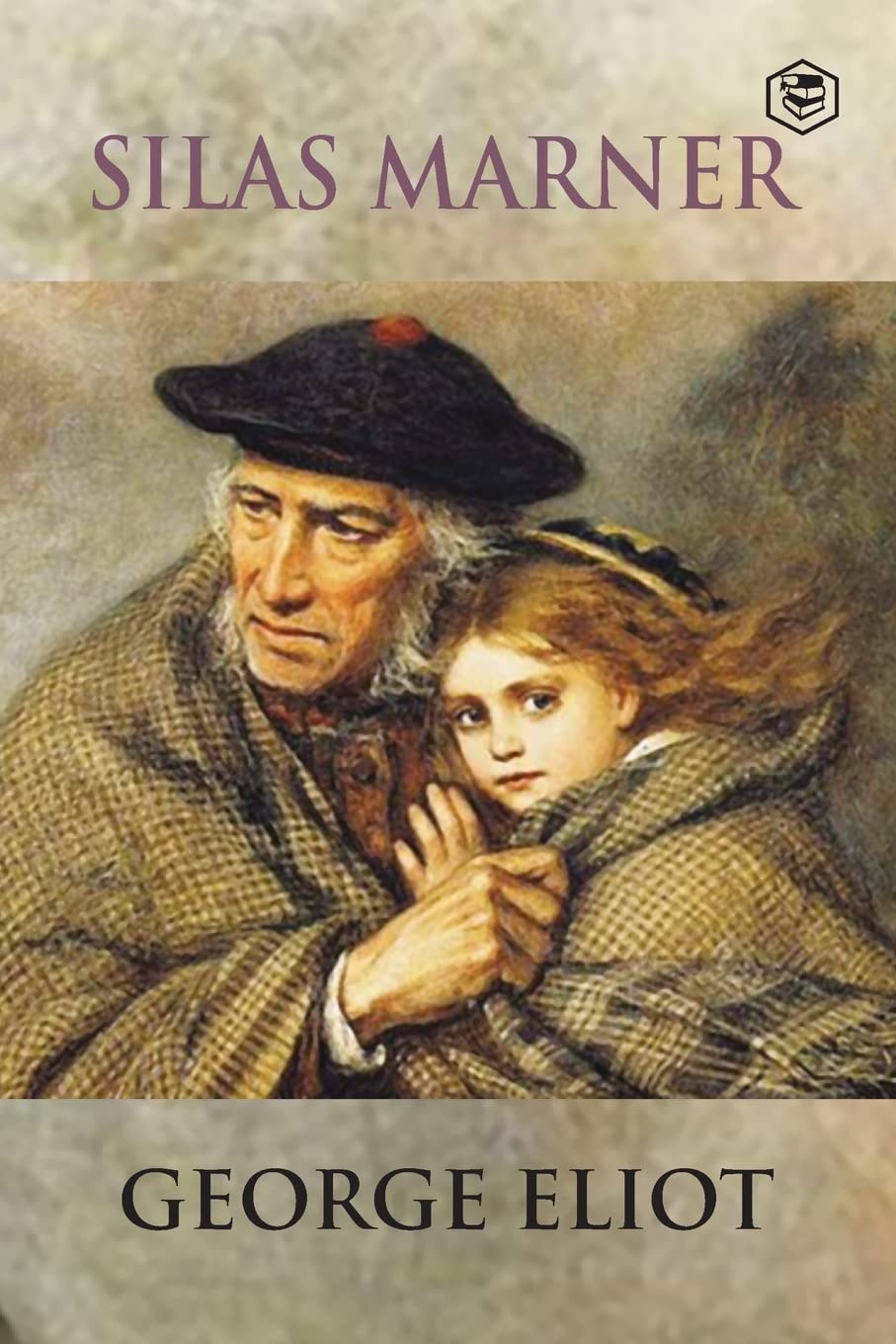
Availability
available
Original Title
SILAS MARNER
Subject & College
Series
Publish Date
2022-01-01
Published Year
2022
Publisher, Place
Total Pages
224
ISBN 13
978-9391560294
Language
English
Print Length
224
Average Ratings
Readers Feedback
SILAS MARNER
Silas Marner: The Weaver of Raveloe is the third novel by English author George Eliot, pen name of Mary Ann Evans. It was published in...Read More
GHUGE RUPALI SANTOSH
SILAS MARNER
Silas Marner: The Weaver of Raveloe is the third novel by English author George Eliot, pen name of Mary Ann Evans. It was published in 1861. The novel is an outwardly simple tale of a linen weaver who is betrayed by his closest friend. It is remarkable for its strong realism and its refined treatment of a variety of issues ranging from religion to industrialisation.
The novel is set in the early years of the 19th century. Silas Marner, a weaver, is a member of a small Calvinist congregation in Lantern Yard, a slum street in Northern England. He is falsely accused of stealing the congregation’s funds. There is the strong suggestion that Silas’s best friend, William Dane, has framed him. Eventually, Silas was held guilty. The woman who was to marry Silas breaks their engagement and marries William instead. With his life shattered, Silas leaves Lantern Yard. He travels south and settles near the rural village of Raveloe in Warwickshire. He lives isolated and alone, choosing to have only minimal contact with the residents beyond his work as a linen weaver. He devotes himself wholeheartedly to his craft and comes to adore the gold coins he earns and stores from his weaving.
One foggy night, Silas’s two bags of gold are stolen by Dunstan (Dunsey) Cass, a dissolute younger son of Squire Cass, the town’s leading landlord. On discovering the theft, Silas sinks into a deep depression despite the villagers’ attempts to aid him. Godfrey Cass, Dunsey’s elder brother, also harbours a secret past. He is married to Molly Farren, an opium-addicted working-class woman living in another town. This secret prevents Godfrey from marrying Nancy Lammeter, a young middle-class woman. On a winter’s night, a two-year-old girl child wanders into Silas’s house. Silas follows the child’s tracks in the snow and discovers the woman, Molly dead in snow. Silas keeps the child and names her Eppie. Then Eppie changes Silas’s life completely. Silas has been robbed of his material gold, but thinks that it returned to him symbolically in the form of the golden-haired child. Dolly Winthrop, Marner’s kindly neighbor, provides practical help and support in bringing up the child.
Sixteen years pass, and Eppie grows up to be the pride of the village. She has a strong bond with Silas, who through her has found a place in the rural society and a purpose in life. Meanwhile, Godfrey and Nancy mourn their own childless state, and Godfrey confesses to Nancy that Molly was his first wife and that Eppie is his child. They offer to raise her as a gentleman’s daughter, but this would mean Eppie would have to abandon living with Silas. Eppie politely but firmly refuses. When Silas revisits Lantern Yard, he finds tremendous changes in the intervening years; the place is now replaced by a large factory. However, Silas contentedly resigns himself to the fact that he will never know and now leads a happy existence among his self-made family and friends.
The book, Silas Marner is a beautiful story about loss, love, and redemption. It tells the life of Silas, a lonely weaver who loses his faith in people after being falsely accused of a crime. He isolates himself, focusing only on his work and money. But when a little girl, Eppie, enters his life, everything changes. Her love and innocence heal Silas’s broken heart, and he learns to trust and care for others again. The incidents are skillfully connected to develop the story. Reading Silas Marner made me think about the value of love and human relationships. It showed me how even the darkest times in life can lead to something beautiful. Silas’s transformation reminded me that kindness can rebuild a broken soul, and Eppie’s love taught me that true wealth lies in relationships, not material things. It also made me believe that life can surprise us when we least expect it.
This story touched my heart with its simplicity and deep emotions. It inspires hope, showing how anyone can find happiness and purpose, no matter their past. The story also made me think about forgiveness and how it can free us from the chains of the past. Watching Silas reclaim his faith in humanity was inspiring, teaching me that no matter how much we suffer, there is always a chance to rebuild and find happiness again.
Lastly, the book left me with a profound sense of gratitude for the simple joys in life—family, trust, and community. It reminded me that wealth is not measured by what we possess but by the love we give and receive. Silas Marner stays with you long after you close the book. It’s not just a story; it’s a lesson in compassion, resilience, and the beauty of human connections.
